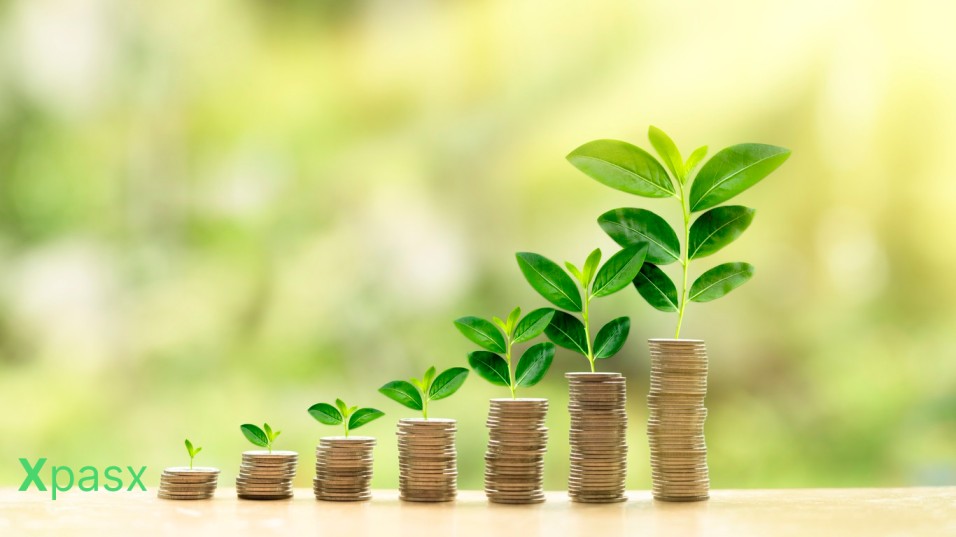Table of Contents
Green Loans

A green loan is a form of financing that is designed to support environmentally sustainable projects or initiatives. These loans are structured to encourage projects that have a positive impact on the environment, such as renewable energy development, energy efficiency improvements, sustainable agriculture, waste management, and clean transportation.
In this article on xapsx, we will discuss green loans in detail.
Understanding Green Loans
Green loans are loans that are specifically intended to be used for environmentally beneficial purposes. The Loan Market Association (LMA), along with other organizations, has established “Green Loan Principles” that outline criteria for the use of loan proceeds, project evaluation, management of funds, and reporting. These principles aim to increase transparency and integrity in the use of green loans.
When a borrower takes out a green loan, they are often required to report on the environmental impact or sustainability outcomes of their projects. This accountability ensures that the loan proceeds are contributing to measurable positive environmental effects.

Green loans are becoming increasingly popular as companies, governments, and individuals look for ways to support sustainability and combat climate change. They can be used by businesses to finance green projects, by governments to fund public environmental initiatives, or by individuals to support eco-friendly home improvements or personal projects.

Interest Rate on Green Loans
Green loans are loans that are specifically intended to support environmentally beneficial projects. These types of loans are typically guided by specific principles that ensure that the funds are used for such purposes. The Loan Market Association (LMA) and other organizations have established “Green Loan Principles” that outline criteria for the use of loan proceeds, project evaluation, management of proceeds, and reporting. These principles aim to increase transparency and integrity in the use of green loans.
One of the key requirements of green loans is that borrowers who take them out must report on the environmental impact or sustainability outcomes of their projects. This ensures that the loan proceeds are contributing to measurable positive environmental effects.
Green loans are becoming increasingly popular as more and more companies, governments, and individuals look for ways to support sustainability and combat climate change. They can be used by businesses to finance green projects, by governments to fund public environmental initiatives, or by individuals to support eco-friendly home improvements or personal projects.

Bottom Line
Green loans are financial products specifically designed to support projects that are environmentally friendly and promote sustainability. These loans are commonly used to fund renewable energy developments, energy-efficient renovations, and other eco-friendly business operations. The interest rates on green loans can vary based on several factors, including the lender, the borrower’s creditworthiness, the scope and nature of the green project, and the loan’s duration.
Lenders often offer favorable rates on green loans to encourage sustainability. These lower rates can be driven by a commitment to corporate social responsibility or the availability of green bonds, which provide access to sustainable funding sources. The purpose of offering competitive rates is to incentivize borrowers to choose green projects, thereby promoting broader environmental and social goals.
However, the risk associated with a project can also influence interest rates. Established, low-risk projects may attract lower rates, while emerging technologies with higher uncertainty might see higher rates. Regardless of the rate, borrowers should carefully examine the loan’s terms, ensuring they align with their sustainability objectives and understanding any additional costs or benefits linked to the green initiative.
- If you wish to learn more about loans visit our page on loan.